Uganda‘s equatorial location means it enjoys a relatively stable climate year-round, but understanding the country’s seasonal patterns can dramatically enhance your travel experience. From gorilla trekking in Bwindi misty mountains to wildlife safaris across vast savannas, timing your visit correctly can mean the difference between an extraordinary adventure and a challenging ordeal. This comprehensive guide explores Uganda’s climate patterns, seasonal advantages, and optimal timing for specific activities.
Understanding Uganda’s Climate
Uganda’s climate is primarily influenced by its equatorial position, altitude variations, and the movement of the Inter-Tropical Convergence Zone (ITCZ). The country experiences two main seasons: wet and dry, each occurring twice yearly. However, this basic pattern is complicated by significant regional variations due to Uganda’s diverse topography, ranging from Lake Victoria’s shores at 1,134 meters to the Rwenzori Mountains reaching over 5,000 meters.
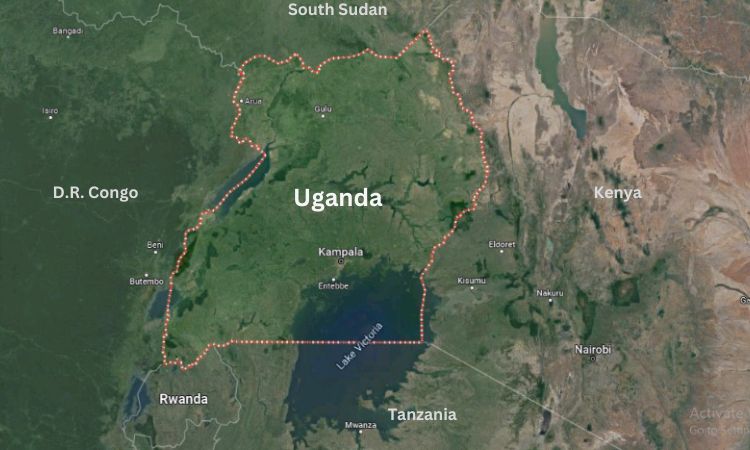
The country’s location on the East African plateau means temperatures remain relatively constant throughout the year, with daily variations often exceeding seasonal ones. Average temperatures range from 16°C to 26°C in most areas, though this varies significantly with altitude. The highland regions, including areas around Kabale and the mountain national parks, experience cooler temperatures, while the northern regions and lower altitude areas tend to be warmer.
The Dry Seasons: Prime Travel Times
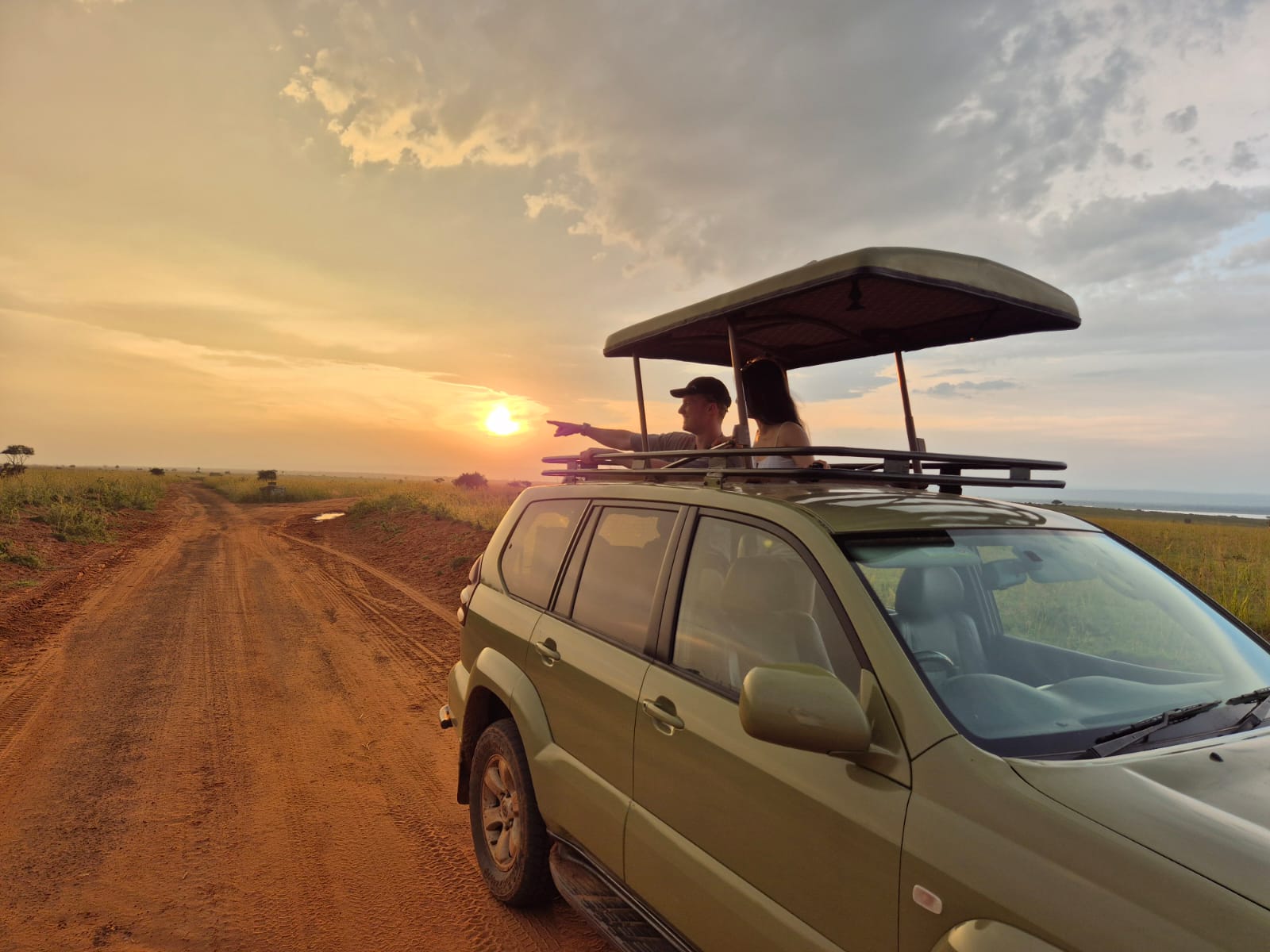
December to February: The Great Dry Season
This period represents Uganda’s primary dry season and is widely considered the best time to visit. The weather is characterized by clear skies, minimal rainfall, and excellent visibility for wildlife viewing and mountain activities. Temperatures are comfortable, humidity levels are lower, and roads are in their best condition.
During this season, wildlife congregates around water sources, making game viewing exceptionally rewarding. The reduced vegetation provides better visibility for spotting animals, and the lack of mud makes walking safaris and nature walks more enjoyable. Photography conditions are optimal with consistent lighting and clear atmospheric conditions.
However, this is also Uganda’s peak tourist season, resulting in higher accommodation prices, crowded attractions, and the need for advance bookings. Popular activities like gorilla trekking permits are often sold out months in advance during this period.
June to August: The Little Dry Season
The second dry season offers many of the same advantages as the December-February period but with slightly different characteristics. This season tends to be cooler and windier, particularly in highland areas. The weather remains largely dry with occasional brief showers that quickly clear.
June to August coincides with summer holidays in the Northern Hemisphere, making it another peak season for international visitors. The cooler temperatures make this an excellent time for hiking and mountain climbing, though morning temperatures in highland areas can be quite cool.
Wildlife viewing remains excellent during this period, and the combination of dry conditions with occasional green flushes from brief rains creates ideal conditions for photography. Road conditions are generally good, making self-drive safaris more feasible.
The Wet Seasons: Challenges and Opportunities
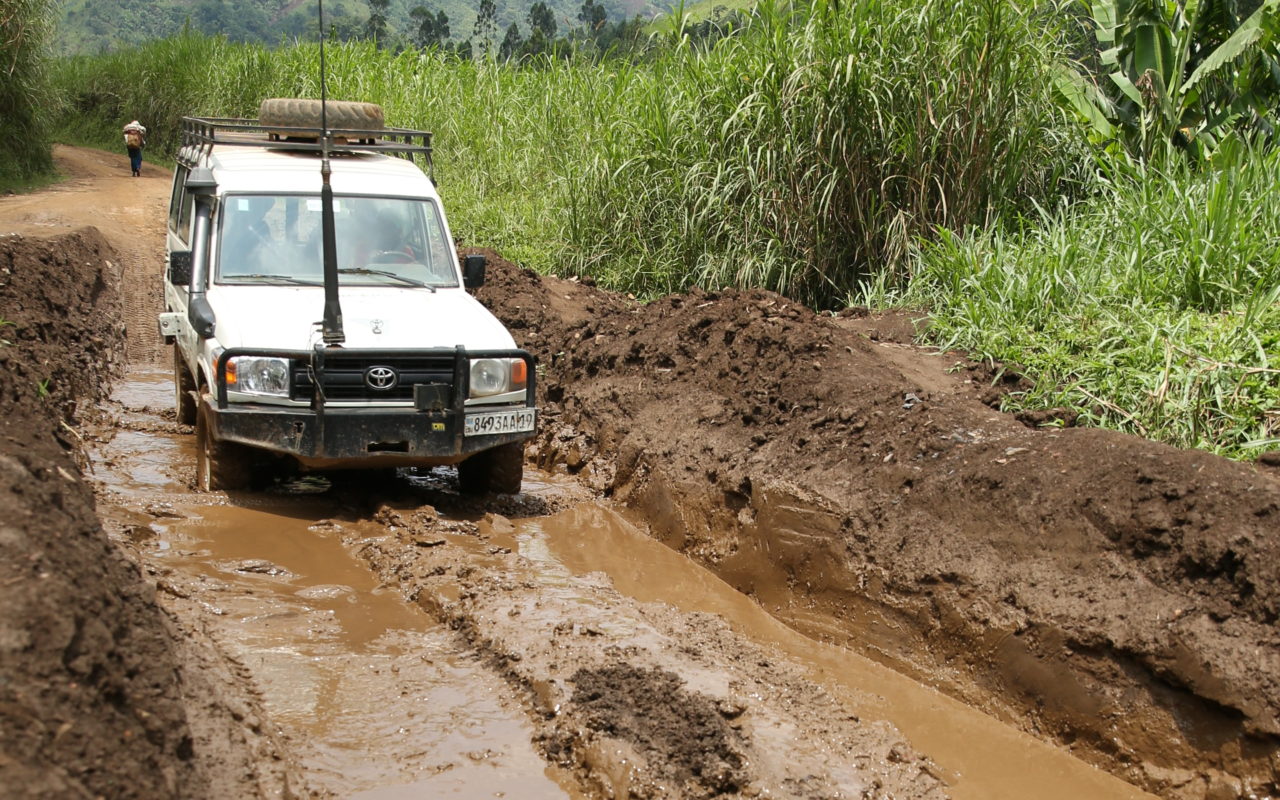
March to May: The Long Rains
This period brings Uganda’s heaviest and most consistent rainfall, transforming the landscape into a lush, green paradise. While this season presents certain challenges, it also offers unique opportunities for specific types of travelers and activities.
The advantages include dramatically lower accommodation prices, fewer tourists, and incredibly vibrant landscapes. Bird watching is exceptional during this period, as migratory species arrive and breeding activities reach their peak. The countryside becomes spectacularly green, waterfalls are at their most impressive, and photographers can capture Uganda’s tropical beauty in its full glory.
However, the challenges are significant. Many roads become impassable, particularly in remote areas and national parks. Game drives can be difficult due to muddy conditions and thick vegetation that obscures wildlife viewing. Some accommodations and tour operators reduce their services or close entirely during this period.
September to November: The Short Rains
The second rainy season is generally less intense than the March-May period, with more intermittent rainfall patterns. This season offers a compromise between the challenges of the heavy rains and the crowds of the dry season.
October and November can be particularly attractive for budget-conscious travelers, as many accommodations offer significant discounts while weather conditions remain manageable. The landscape begins its transformation to lush green, and wildlife activity increases as animals take advantage of renewed vegetation growth.
Road conditions vary significantly during this period, with some areas experiencing only minor challenges while others become quite difficult to access. Weather patterns can be unpredictable, with some years experiencing heavier rains than others.
Regional Climate Variations
Northern Uganda

The northern regions, including Murchison Falls National Park and Kidepo Valley, experience more pronounced dry seasons and can be quite hot. The dry season here is typically longer and more intense, with temperatures often exceeding 30°C. However, this also means wildlife viewing can be exceptional during dry periods as animals concentrate around permanent water sources.
The wet season in northern Uganda can bring dramatic thunderstorms and temporary flooding, but also incredible wildlife activity and bird watching opportunities. The landscape transforms from dry savanna to green grasslands, creating beautiful photographic opportunities.
Central Uganda
The central region, including Kampala and the shores of Lake Victoria, experiences the most moderate climate with less extreme seasonal variations. The proximity to Lake Victoria creates a microclimate with higher humidity but also more stable temperatures.
This region remains accessible year-round, making it ideal for cultural tourism, city breaks, and business travel regardless of season. However, the wet seasons can still bring significant rainfall and occasional flooding in urban areas.
Western Uganda

The western highlands, including Bwindi Impenetrable Forest and Queen Elizabeth National Park, experience cooler temperatures and more consistent rainfall patterns. This region can be misty and cool even during dry seasons, particularly in the early morning and evening.
The wet seasons here can be particularly challenging for gorilla trekking and hiking activities, as trails become muddy and slippery. However, the region’s biodiversity is most active during these periods, offering exceptional wildlife encounters for those willing to brave the conditions.
Eastern Uganda
The eastern region, including Mount Elgon and the Karamoja region, experiences more variable weather patterns. The mountain areas can be quite cool and receive significant rainfall, while the plains can be hot and dry.
This region offers some of Uganda’s most dramatic seasonal contrasts, from snow-capped peaks to arid grasslands. Timing visits to coincide with appropriate weather conditions is crucial for activities like mountain climbing and cultural tourism.
Activity-Specific Timing Recommendations
Gorilla Trekking
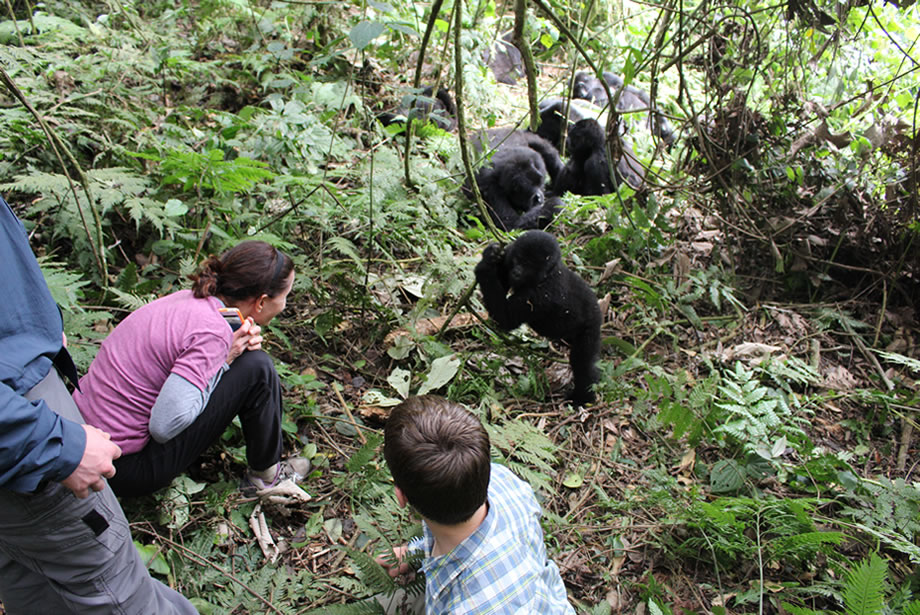
While gorilla trekking in Bwindi forest & Mgahinga is possible year-round, the dry seasons offer the most comfortable conditions. Trails are less muddy, making the often-challenging hikes more manageable. Visibility is better, and the likelihood of encountering gorillas is consistent regardless of season.
However, the wet seasons can offer unique advantages for gorilla trekking. Fewer tourists mean more intimate encounters, and the lush forest environment provides spectacular photographic opportunities. The gorillas are often more active during cooler, misty conditions common in the wet season.
Wildlife Safaris
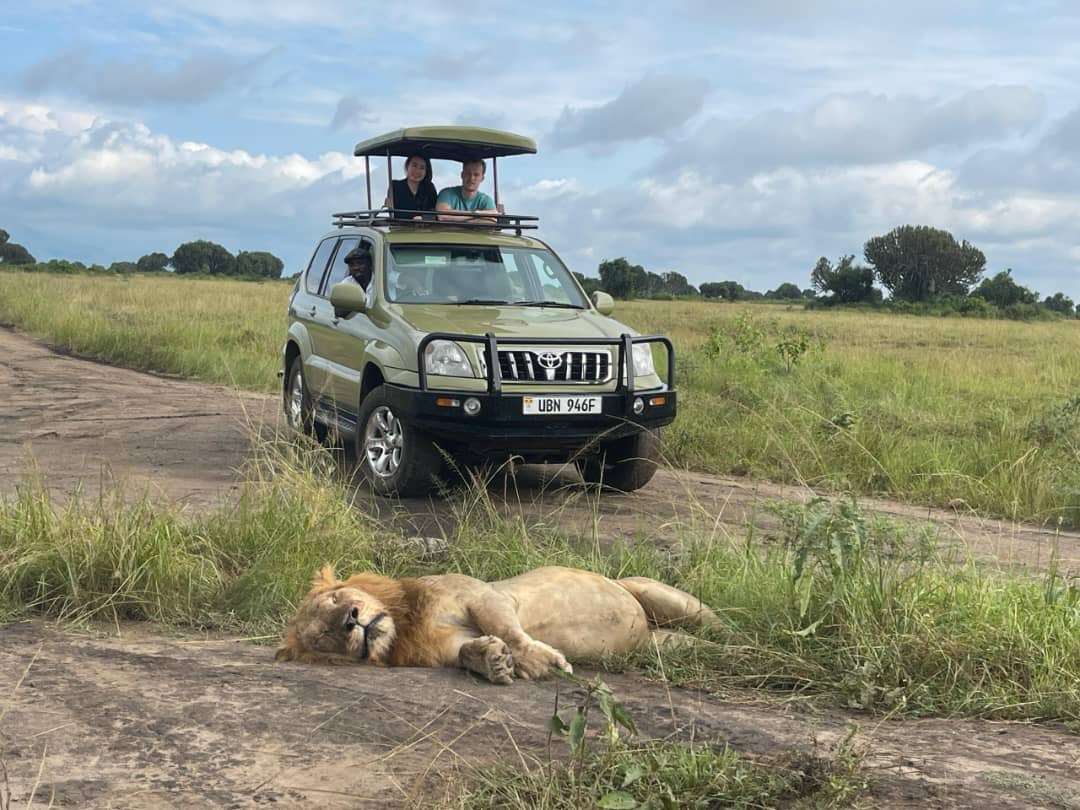
Game viewing is optimal during the dry seasons when animals congregate around water sources and vegetation is less dense. Roads are more accessible, and camping conditions are more comfortable. The predictable weather patterns make planning easier and reduce the likelihood of activity cancellations.
The wet seasons can offer incredible wildlife experiences for those willing to accept the challenges. Many animals give birth during these periods, providing opportunities to observe young animals and predator-prey interactions. Bird watching is exceptional, with migratory species present and breeding activities at their peak.
Mountain Climbing and Hiking

The dry seasons provide the best conditions for mountain activities, with clearer skies, better visibility, and more predictable weather patterns. However, the Rwenzori Mountains and Mount Elgon can be climbed year-round with proper preparation and equipment.
The wet seasons bring unique challenges but also opportunities for more adventurous climbers. The mountains are less crowded, and the dramatic weather patterns can create spectacular photographic opportunities for those prepared for challenging conditions.
Cultural Tourism
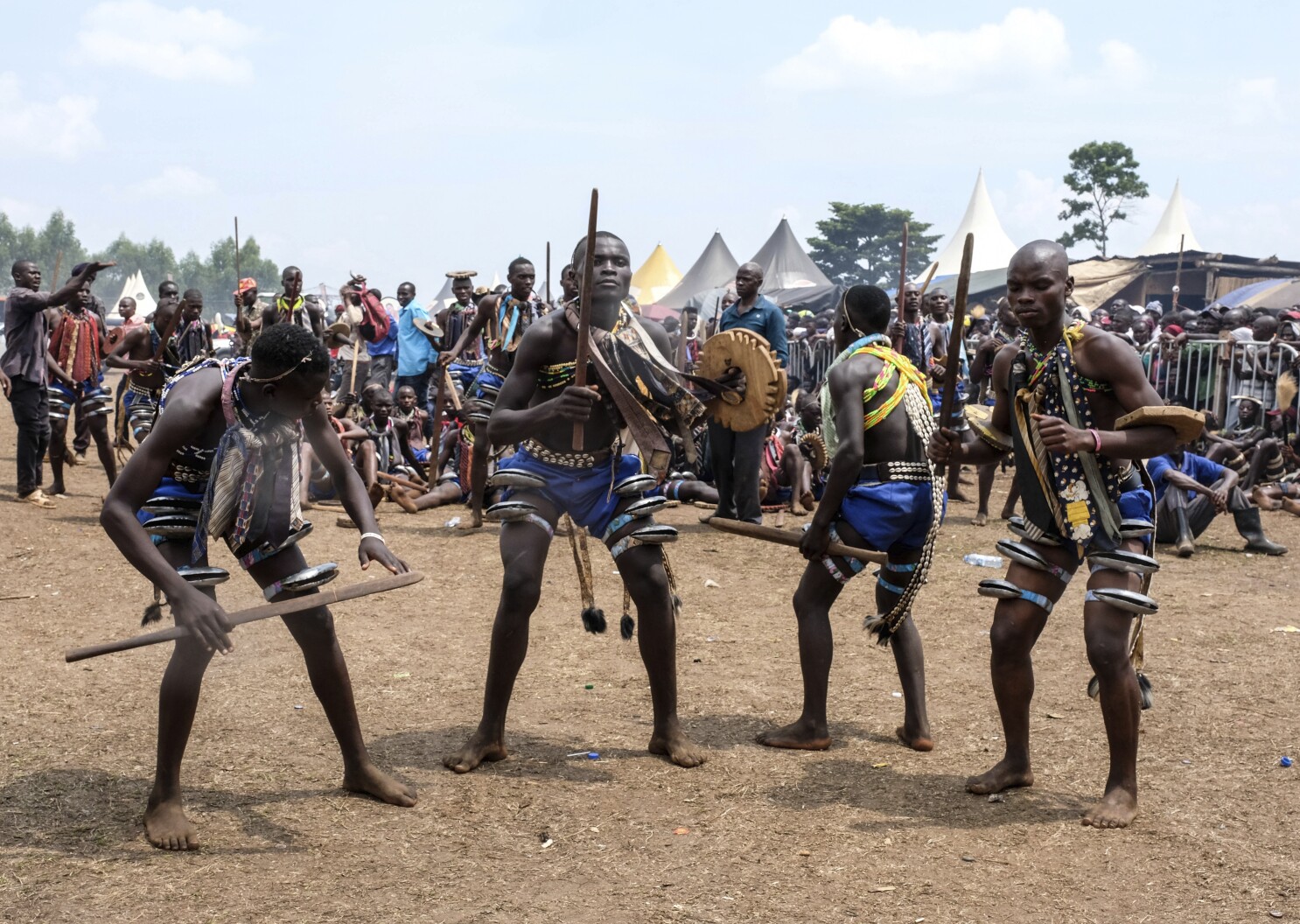
Cultural activities and community visits are generally less affected by seasonal variations, though accessibility can be impacted during heavy rains. The wet seasons can actually enhance cultural experiences, as agricultural activities are more visible and communities are often more engaged in traditional practices.
Festival and ceremony timing varies throughout the year, and some of Uganda’s most significant cultural events occur during specific seasons. Researching local calendars can help visitors time their trips to coincide with these special occasions.
Budget Considerations by Season
Peak Season Pricing (December-February, June-August)
During these periods, expect premium pricing for accommodations, tours, and activities. Many lodges and hotels increase their rates by 30-50% compared to low season pricing. Gorilla trekking permits, already expensive, become extremely difficult to obtain without advance booking.
However, the predictable weather and optimal conditions often justify the higher costs for travelers with limited flexibility. The quality of experiences is generally highest during these periods, and the likelihood of weather-related cancellations is minimal.
Shoulder Season Opportunities (March, May, September, November)
These transitional months often offer the best balance of weather conditions and pricing. Many accommodations offer moderate discounts while weather conditions remain manageable. This timing can be ideal for budget-conscious travelers who want to avoid the extreme challenges of peak wet season while still benefiting from reduced costs.
Low Season Advantages (April, October)
The deepest discounts are available during these peak wet season months, with some accommodations offering reductions of 50% or more. For adventurous travelers willing to accept weather challenges, these periods can offer exceptional value and unique experiences.
However, factor in potential additional costs for weather-related changes, extended travel times due to poor road conditions, and the possibility of activity cancellations.
Health and Safety Considerations

Malaria Risk by Season
Malaria risk varies seasonally, with higher transmission rates during and immediately after wet seasons when mosquito breeding is optimal. However, Uganda is a high-risk malaria area year-round, and appropriate prophylaxis is recommended regardless of travel timing.
The dry seasons may offer slightly reduced risk in some areas, but visitors should never rely on seasonal timing as a malaria prevention strategy. Proper medication, insect repellent, and protective clothing remain essential year-round.
Road Safety and Accessibility
Road conditions vary dramatically by season, with some areas becoming completely inaccessible during heavy rains. This affects not only comfort but also safety, as emergency services may be difficult to reach in remote areas during wet seasons.
The dry seasons offer optimal road conditions, but travelers should still exercise caution and travel with reliable vehicles and communication devices. Self-drive safaris are generally safer and more feasible during dry periods.
Photography and Weather Patterns
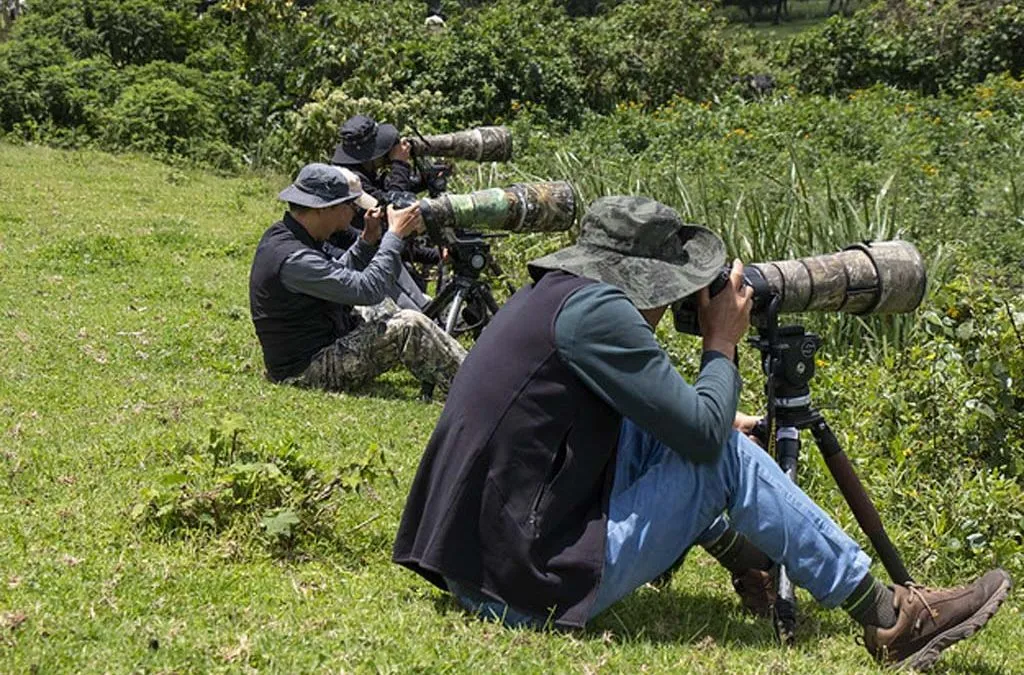
Light and Atmospheric Conditions
The dry seasons provide more predictable lighting conditions with less atmospheric haze and clearer skies. This creates optimal conditions for landscape photography and wildlife documentation. However, the harsh midday sun can create challenging contrast conditions.
The wet seasons offer unique photographic opportunities with dramatic skies, lush vegetation, and dynamic weather patterns. The frequent cloud cover can create ideal diffused lighting conditions, though rain protection for equipment becomes crucial.
Wildlife Photography Timing
Different seasons offer distinct wildlife photography opportunities. The dry seasons provide better visibility and animal concentration around water sources, while wet seasons offer opportunities to photograph breeding behaviors, young animals, and dramatic weather interactions.
Bird photography is exceptional during wet seasons when migratory species are present and breeding plumages are at their most vibrant. However, the challenging weather conditions require specialized equipment and techniques.
Making Your Decision
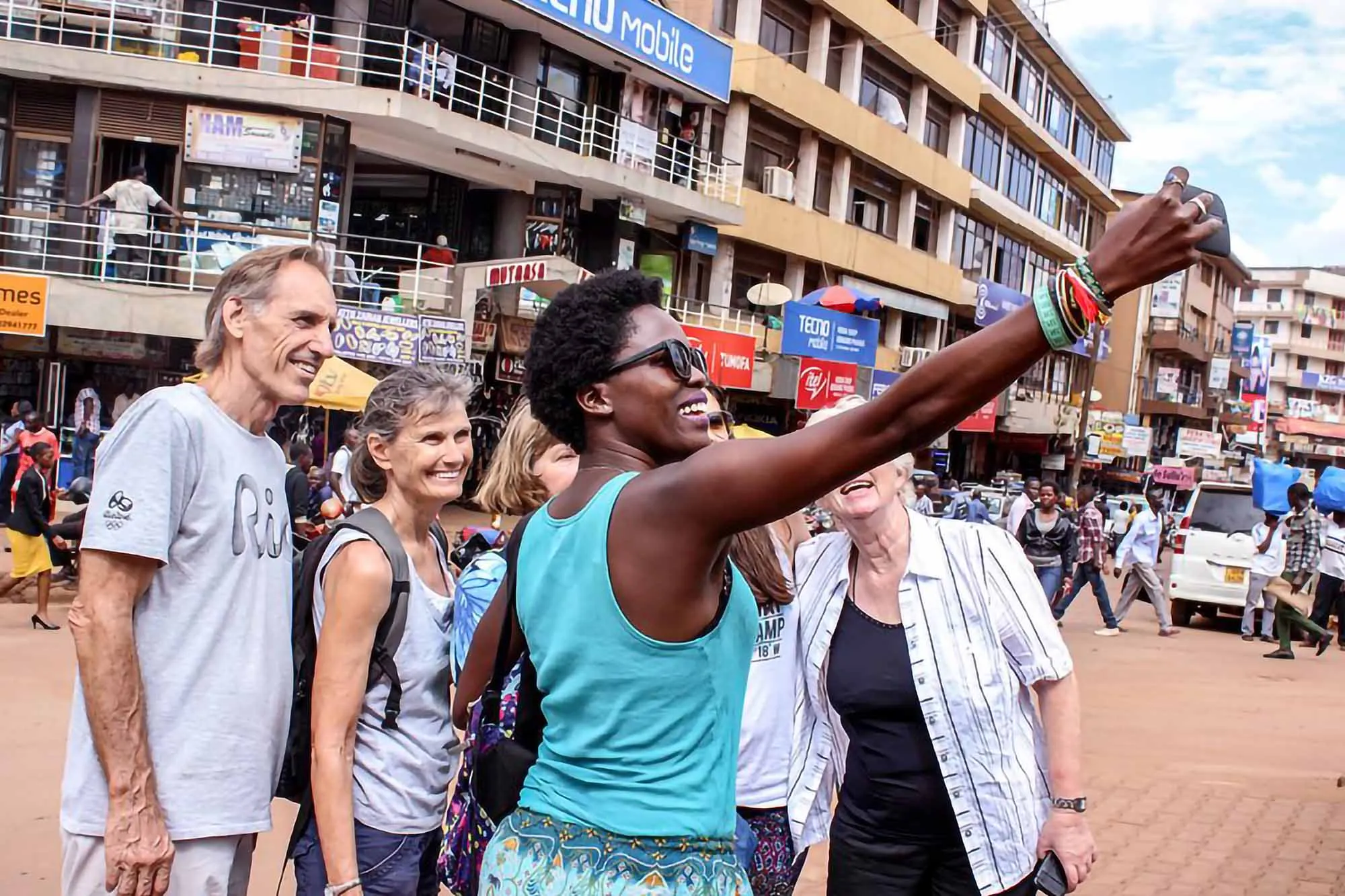
For First-Time Visitors
First-time visitors to Uganda should generally plan their trips during the dry seasons, particularly December-February or June-August. These periods offer the most predictable conditions, optimal wildlife viewing, and the best introduction to Uganda’s attractions without weather-related challenges.
For Adventure Seekers
Travelers seeking unique experiences and willing to accept challenges might consider wet season visits. The dramatic weather, fewer crowds, and unique wildlife behaviors can create unforgettable memories for properly prepared adventurers.
For Budget Travelers
Budget-conscious visitors can find excellent value during shoulder seasons (March, May, September, November) when weather conditions remain manageable but prices are reduced. This timing requires flexibility but can offer exceptional experiences at more affordable prices.
For Specific Activities
Consider your primary activities when choosing travel dates. Gorilla trekking and wildlife safaris are best during dry seasons, while bird watching and photography can be exceptional during wet seasons. Cultural tourism and city-based activities are less affected by seasonal variations.
Conclusion
Uganda’s year-round accessibility means there’s never a truly “bad” time to visit, but understanding seasonal patterns can dramatically enhance your experience. The dry seasons offer predictable conditions and optimal wildlife viewing, while the wet seasons provide unique opportunities for budget-conscious and adventurous travelers.
The key to successful trip planning lies in matching your priorities, budget, and flexibility with appropriate seasonal timing. Whether you choose the reliable conditions of dry season or the dramatic beauty of wet season, Uganda’s incredible diversity ensures memorable experiences regardless of when you visit.
Consider your personal preferences, risk tolerance, and primary interests when making your decision. With proper preparation and realistic expectations, any season can provide an extraordinary Uganda adventure that showcases the country’s incredible natural beauty and cultural richness.
Are you planning to visit Uganda during the dry or wet season and would love to travel privately- we would be more than happy to offer you affordable car rental services in Uganda for your next safari, business or leisure vacation. Simply contact us now by sending an email to info@ugandacarrentalservices.com or call us now on +256-700135510 to speak with the reservations team.
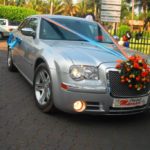
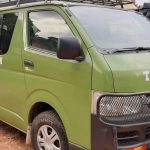
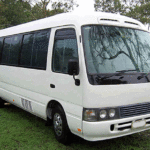
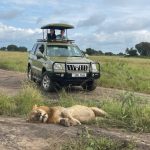
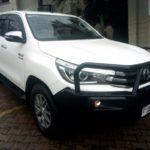
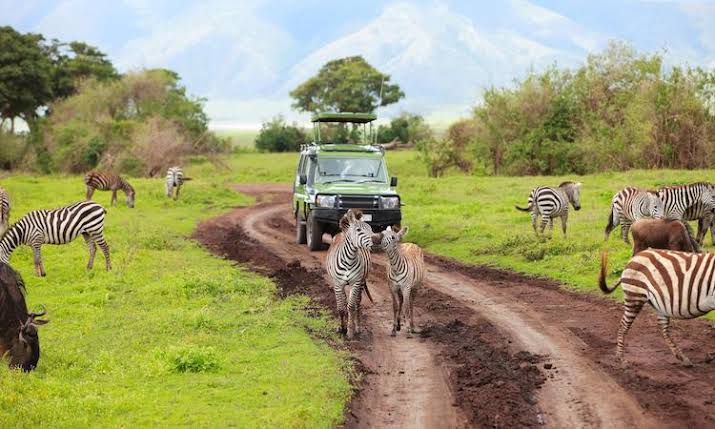

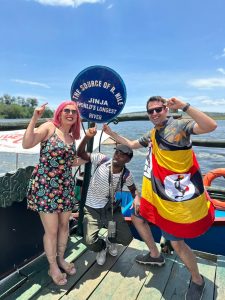

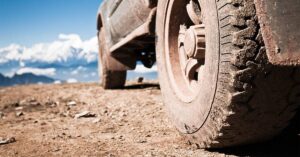
Related Articles
Uganda Welcomes Eight White Rhinos from South Africa
Top Tourist Attractions to Visit in Eastern Uganda
A Guide to Stress-Free Christmas Car Rentals In Uganda